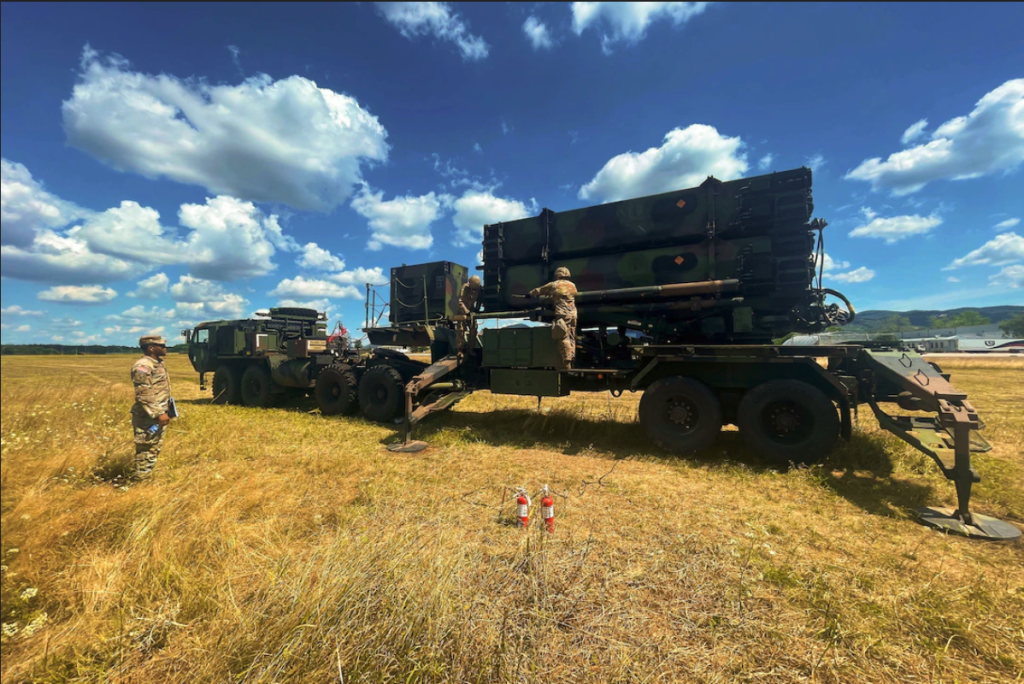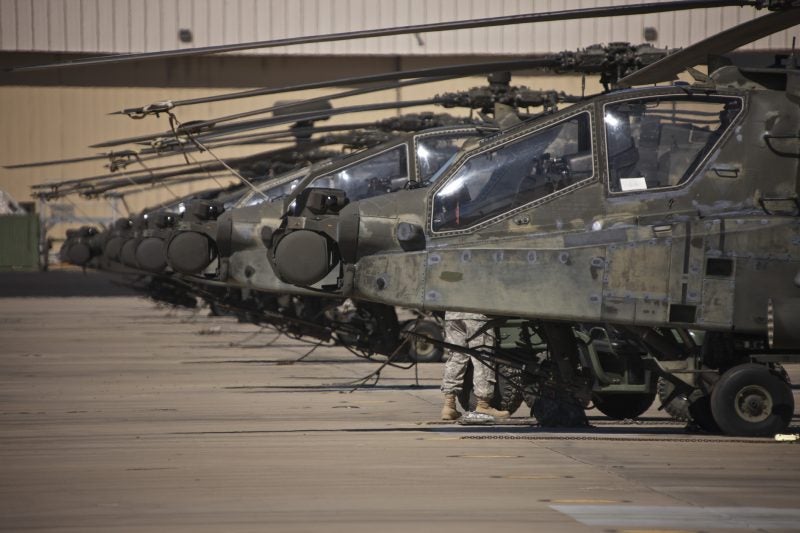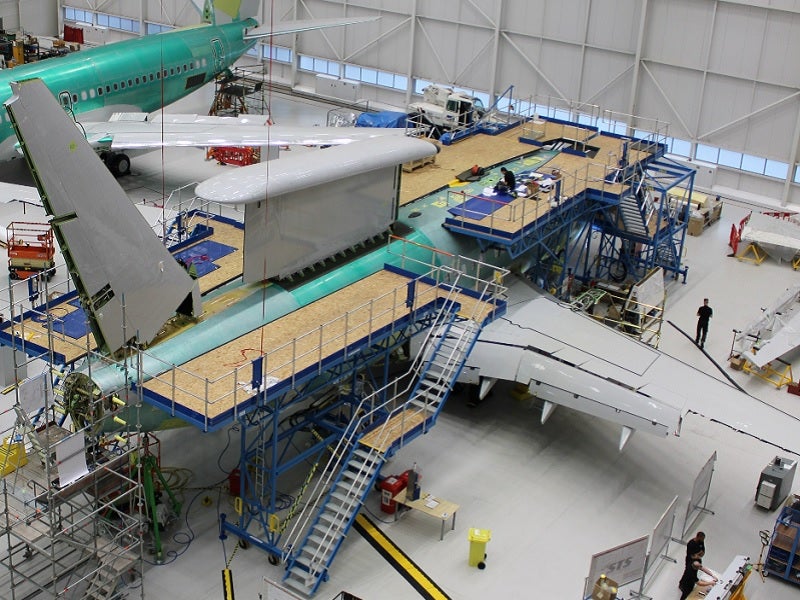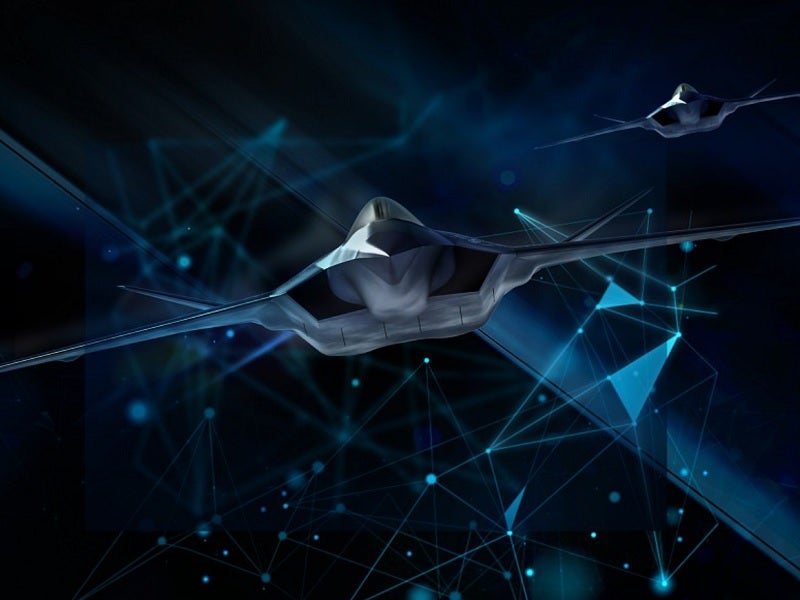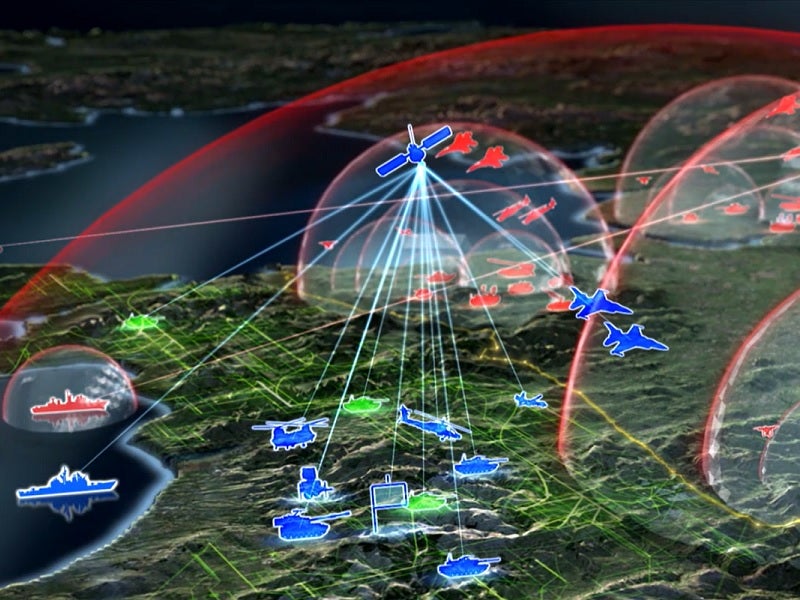
With armed conflict in Europe for the first time in more than two decades, heightened tensions on the China–India border and a handful of other potential diplomatic and military flashpoints evolving in East and Southeast Asia, the world has seldom been as dangerous as it is today – at least not since the Second World War.
The situation in Ukraine continues to pose the very real threat of spilling over into the wider region; tensions between China and Taiwan – for years bubbling – are now on show for all to see, with China reaffirming its commitment to take control of the island state by force if necessary. Emboldened by affairs in Europe, the danger of Beijing escalating things is real, not least given China’s withdrawal of cooperation with the US on a number of levels.
The news on the dispute between India and China is less dramatic, described as being in a state of limbo – relations between the two neither improving or deteriorating. Sri Lanka, a country with its own problems, finds itself involved having to cancel the visit of a Chinese vessel thanks to pressure from India. The Yuan Wang 5, the latest of China’s next-generation space-tracking vessels, was due to spend five days at the country’s Chinese built and leased Hambantota port.
The vessel monitors intercontinental ballistic missile, rocket and satellite launches and is a prime example of how warfighting is changing. Distributed, multidomain and joint all domain operations (MDO and Jado, respectively) are fast becoming the defining doctrines of this new era.
Essentially, they are the synchronisation of aircraft, ground forces and vehicles, satellites and ships, their systems and all sources of data. Together they deliver a “complete picture of the battlespace” and empower personnel – in theatre or command – to “quickly make decisions that drive action” says major technology provider Lockhead Martin. Cyberspace is a critical element of this new age of combat; as the electromagnetic spectrum – a string of frequencies from radio to microwaves, visible light, X-rays and gamma rays which transmit data – may become with the likes of the US, UK and others looking ever more closely at it.
For future MDOs, artificial intelligence and machine learning will play a critical role, helping decipher data, determine its operational relevance and then present informed options for decision-making jointly across all strands of military.
For the US, work on developing this capability is ongoing. The US Army said it aims to conduct operations across multiple domains and contested spaces to “overcome an adversary’s strengths by presenting them with several operational and/or tactical dilemmas through the combined application of calibrated force posture; employment of multi-domain formations; and convergence of capabilities across domains, environments and functions.”
The US Navy and Air Force are working on new technologies and capabilities through programmes like Project Overmatch and the Advanced Battle Management System, respectively. Together both forces have developed more than a dozen projects they are collaborating on, bringing all domains together to share and utilise information and assess and respond in synergy.
Bring it all together
For the UK, MDO is also a work in progress. Explaining its view in a December 2021 blog, the Ministry of Defence’s (MoD) Strategic Command said: “In the most simplistic terms, it is about ensuring that every part of defence can work seamlessly together, along with other government departments and the UK’s allies and partners, to deliver a desired outcome and defend our nation.”
The US and UK are not alone as other allies – and of course adversaries – are developing these capabilities, many of whom are doing so with the aim of better integrating with each other. However, one of the biggest obstacles is interoperability.
Among defence forces, both domestic and international, traditionally operations have been conducted on disparate and isolated networks, making the exchange of data and their use considerably more challenging, if not impossible.
Speaking via the company’s website at the end of 2021, BAE Systems Intelligence & Security’s Steve Jameson, director of solutions architects, said: “The US has shown this ability to share data across domains, and with allied forces. However, we can’t do it at scale and speed to address hundreds or thousands of targets because of the lack of interoperability among different networks, and the manual data processing that slows down decision making and targeting.”
BAE Systems says an example of this is the US’s Link-16, a legacy system that whilst allowing communications across most platforms, cannot accommodate real-time coordination of sensing and effects against an agile threat – the likes of which MDO is intended to tackle. “Data standards are a key part of addressing this problem,” Jameson added.
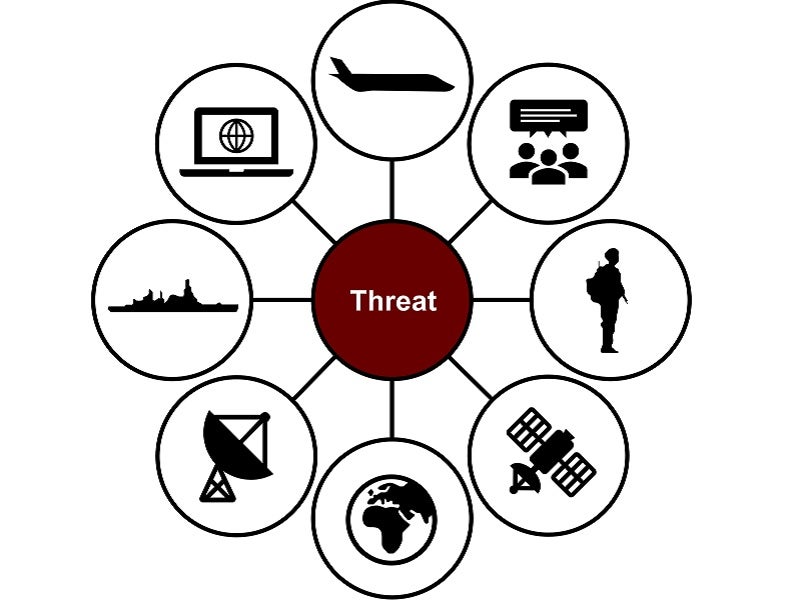
In the UK, this is being addressed by what the MoD calls the Digital Backbone, a digital transformation programme that will allow information sharing and communication regardless of the hardware being used. “We need to ensure that all the data we collect from every platform we have – whether it is a satellite, aircraft, drone, ship, or land-based system – can be brought together to produce the most complete image of what is going on,” Strategic Command said.
For allies interoperability is crucial too: how can the systems of individual countries combine, particularly given there are no “global” procurement strategies? This was the subject of the first ever NATO Multi-Domain Operations Conference held in the UK in March 2022, bringing together more than 200 delegates from 20 nations.
Speaking at the event NATO Supreme Allied Commander Transformation, General Philippe Lavigne said it was a pivotal, transformative time in the alliance’s history as it faced down competitors that had already proved to be functional in all domains. He added NATO had to have “ironclad” processes to maintain warfighting advantage.
“NATO is developing and aligning concepts like MDOs so that allied nations can operate seamlessly together to defend our nations and people,” he said. The organisation says MDO means different things to different nations, so it must achieve an effective consensus across 30 members, all with different approaches and varying capabilities.
Learn to work and work to learn
The conference identified what NATO said were five key takeaways. The first “priority” was to develop MDO as part of a broader military, diplomatic, information and economic approach; then educate partners. Then, it says, the alliance must understand that digital transformation of the is “critical” to the foundation of MDOs; learn from events in Ukraine and continue to strengthen capabilities and intergrate them into the “long-term warfare development”, in line with the 20-year vision for the development of the allies’ military instrument of power as part of the NATO Warfighting Capstone Concept project; and finally, map out a phased delivery approach, evolving from joint and interoperable forces and capabilities, while prioritising rapid development in the cyber and space domains.
Right now key to all of this is training. NATO believes exercise and educational programmes will “provide opportunities to experiment”, something that will be a “key activity to test the MDO vision and framework, develop our thinking and show the nations that a new mindset is needed to enable multidomain action,” it says.
The UK’s Strategic Command says it is in pursuit of the tech to help plan and train for MDOs too. “A single synthetic training environment would allow for full virtual mission rehearsal, and incorporate simulators for all the equipment such as the aircraft, drones and cyber operations, involved.”
Physical training environments are also vital in cultivating technologies and practices. A recent training exercise bringing together the US Air Force and Navy highlighted the importance of MDO. The biannual Virtual Shield event saw the first significant involvement of Joint All-Domain Command and Control, an umbrella programme by the US Department of Defense to bring together all branches of the armed forces, utilising data streams in support of simultaneous and sequential operations.
The fight is changing, and so too are the ways services operate and respond. The war in Ukraine and earlier actions by Russia in Syria have highlighted the imperative need to reshape how adversaries and the threats they pose are neutralised. What the battlespace will look like, and even where it will be in the years and decades to come, only time will tell. What can be said with certainty is that it won’t look like that of today.

